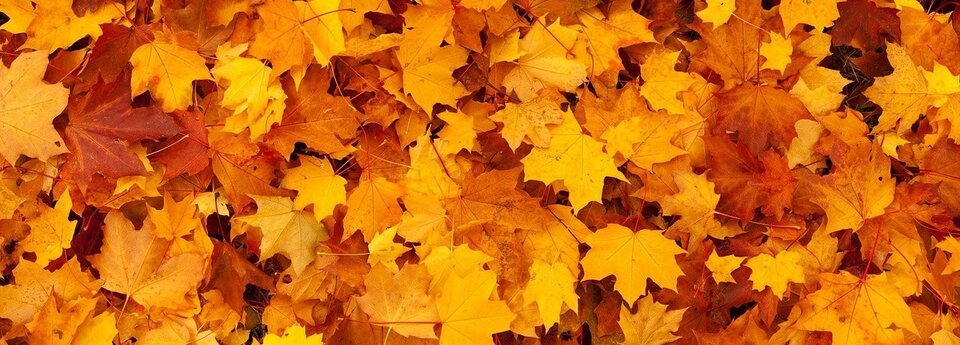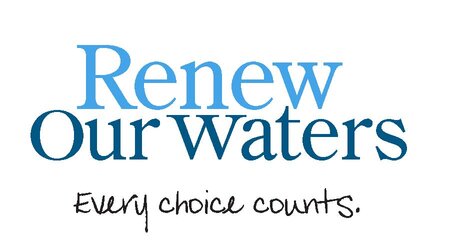It’s fall in Wisconsin. Red, yellow, and orange leaves cover our trees and land. But when it comes to surface water, there’s a downside to those beautiful fall leaves we can’t wait to see when the air turns crisp. Algal blooms.
Algal blooms are fed by excess nutrients like phosphorus. In urban areas, leaves are a leading contributor of phosphorus to local waters. The United States Geological Survey states that almost 60% of the annual phosphorus yield can come from leaf litter. When leaves are piled onto the sides of streets, they get washed into storm drains, which empty into nearby bodies of water. A simple solution to ensure leaves don’t end up in local waters is to keep them on your property!
What You Can Do
Mulching leaves using a lawn mower makes sure they stay on your lawn. Besides keeping phosphorus out of lakes and rivers, mulching allows your lawn to get the nutrients it needs to grow healthy grass. You can also collect mulched leaves and spread them in garden beds or under shrubs, providing winter protection for plants and nutrients for spring growth.
If you prefer to collect your leaves for removal, there are other actions you can take to protect our waterways. Follow your community’s leaf collection policies and schedule to make sure you aren’t putting piles of leaves near the street long before they will be collected. Between pick-up times, put a tarp over leaf piles to prevent them from being blown away. And make sure to remove leaves and debris from gutters and storm sewer inlets. Remember: only rain down the drain!







